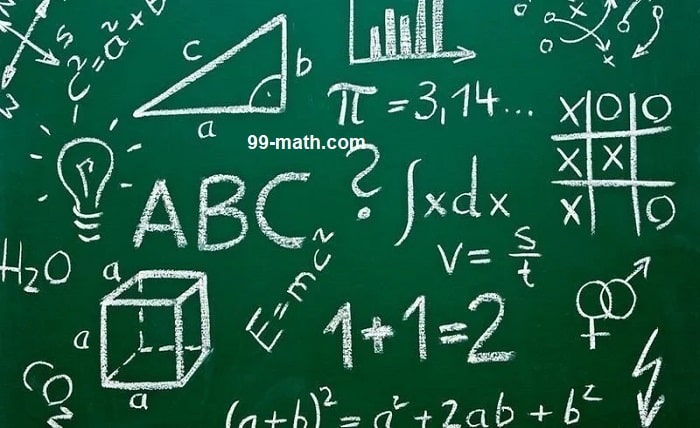Charts of Maths: Your Visual Guide to Mastering Mathematical Concepts
Mathematics is a subject that often involves abstract concepts and complex calculations. To aid in understanding and visualization, charts and graphs play a crucial role in simplifying these concepts and making them more accessible. From simple bar graphs to complex diagrams, charts of math provide a visual representation that helps students and educators alike in mastering mathematical concepts. This article explores the different types of charts used in math, their significance, and how they can enhance the learning experience.
The Importance of Visual Representation in Mathematics
Visual representation is essential in mathematics as it helps in:
- Understanding Complex Concepts: Visuals can simplify complex ideas and make them easier to comprehend.
- Enhancing Memory Retention: Visuals aid in memory retention by providing a clear and memorable representation of information.
- Facilitating Problem Solving: Charts and graphs can help in visualizing problems and finding solutions more efficiently.
- Improving Communication: Visuals can make it easier to communicate mathematical ideas and findings to others.
Types of Charts Used in Mathematics
1. Bar Graphs:
- Bar graphs represent data using rectangular bars of varying lengths.
- They are useful for comparing quantities or displaying categorical data.
2. Line Graphs:
- Line graphs show the relationship between two variables, with one variable plotted on the x-axis and the other on the y-axis.
- They are often used to show trends over time or to compare data sets.
3. Pie Charts:
- Pie charts display data as a circle divided into sectors, with each sector representing a proportion of the whole.
- They are useful for showing the distribution of a categorical variable.
4. Scatter Plots:
- Scatter plots display individual data points on a graph, with one variable plotted on the x-axis and the other on the y-axis.
- They are used to show the relationship between two variables.
5. Histograms:
- Histograms are similar to bar graphs but are used to display the frequency distribution of continuous data.
- They are useful for visualizing the distribution of data within a range.
6. Box-and-Whisker Plots:
- Box-and-whisker plots display the distribution of a dataset, showing the median, quartiles, and outliers.
- They are useful for summarizing and comparing data sets.
7. Pictograms:
- Pictograms use pictures or symbols to represent data, making them more visually appealing and easier to understand.
- They are often used in educational settings to introduce basic graphing concepts.
How Charts Enhance the Learning Experience
1. Visualization of Abstract Concepts:
- Charts can help students visualize abstract mathematical concepts, making them easier to understand and remember.
2. Engagement and Interest:
- Visuals can make learning more engaging and interesting, encouraging students to explore mathematical concepts further.
3. Facilitation of Problem Solving:
- Charts can aid in problem-solving by providing a visual representation of the problem and potential solutions.
4. Differentiation of Data:
- Charts can help differentiate between different types of data, such as categorical and numerical data.
5. Application Across Subjects:
- Charts are not limited to mathematics and can be applied across various subjects, making them a versatile tool for learning.
Incorporating Charts into Mathematics Education
1. Interactive Learning:
- Use interactive charts and graphs to engage students and encourage active learning.
2. Real-World Applications:
- Show students how charts are used in real-world applications, such as in economics, science, and social studies.
3. Collaborative Projects:
- Encourage students to create their own charts and graphs for collaborative projects, fostering teamwork and creativity.
4. Digital Tools:
- Utilize digital tools and software to create and manipulate charts, allowing for a more dynamic learning experience.
5. Cross-Curricular Integration:
- Integrate charts and graphs into other subjects, such as history and geography, to demonstrate their universal relevance.
Conclusion
Charts of math are powerful tools that can enhance the learning experience and facilitate a deeper understanding of mathematical concepts. Whether used to visualize data, analyze trends, or solve problems, charts play a vital role in simplifying complex ideas and making math more accessible to students of all ages. By incorporating charts into mathematics education, educators can create a more engaging and effective learning environment, helping students develop a strong foundation in math and a greater appreciation for its practical applications in the world around them.
Also Read:





